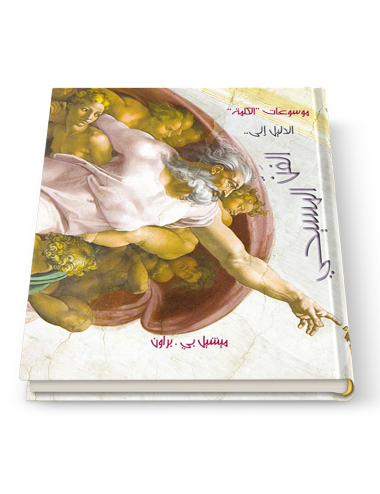Concept of Tampering in Philosophy and Art
This book is a cry of protest against those who rejoice at the death of ideas and doctrines and declare in a foolish trance that existentialism is dead
0 kg - 600 kg
This book is a cry of protest against those who rejoice at the death of ideas and doctrines and declare in a foolish trance that existentialism is dead
The subject of fiction has received clear interest from many philosophers, both idealists and empiricists. We will depart from the subject of our studies if we try to follow the opinions of modern philosophers in this regard
The late Carl Rogers, founder of the humanistic psychology movement, revolutionized psychotherapy with his concept of client-centered therapy. His influence has spanned decades, but that influence has become so much a part of mainstream psychology that the ingenious nature of his work has almost been forgotten. Houghton Mifflin is delighted to introduce this preeminent psychologist to the next generation with a new edition of this landmark book.
And what after God has honored me, by virtue of my profession as a psychiatrist, with more than half a century of experience, is it right for me to keep all this to myself? As I offer my knowledge and experience to my patients - and as much as possible - I have resolved to present all this in a book, which is a mutual conversation between me and the other party, which is you, the generous reader, so that you may benefit from it by the grace of God, and perhaps also benefit those around you.
Carl Rogers was a stubborn warrior when he entered many battles - battles in the field of treatment of income with scientific medicine and psychiatry, who tried to prevent psychologists from treating patients..
Christianity has been a central force in the shaping of western culture. It is not surprising, therefore, that the greatest artists down the centuries have sought to paint its story. This book tells the history of Christian art, exploring the purpose behind the masterpieces and looking at the context in which they were created. The modern secular reader who feels detached from the meaning of the paintings will be helped to understand their emotional as well as their asethetic power. And the Christian reader will be encouraged to explore further the wonder and beauty of the Christian cultural legacy. The book includes a final chapter on the way modern artists are continuing and changing the legacy.
Burnett explores the influences of Buddhism, Confucianism, and the Jesuits; he looks at the Ming Dynasty and the rise of the Manchus; he assesses the motivations behind Mao, Deng Xaio-Ping, and the current communist and commercial regime. Why is an atheistic leadership seeing a widespread religious revival of several faiths? What is the future of religion in China? A wide-ranging introduction to the ideas, beliefs, and conflicting visions that have shaped modern China.
This book deals with discussing topics at the same time. This may be a possible opportunity and a possible opportunity coincides with a unique opportunity.
What is art criticism?
What are the boundaries between art criticism and social criticism?
What are the different streams of criticism?
What is the contemporary critical landscape?













